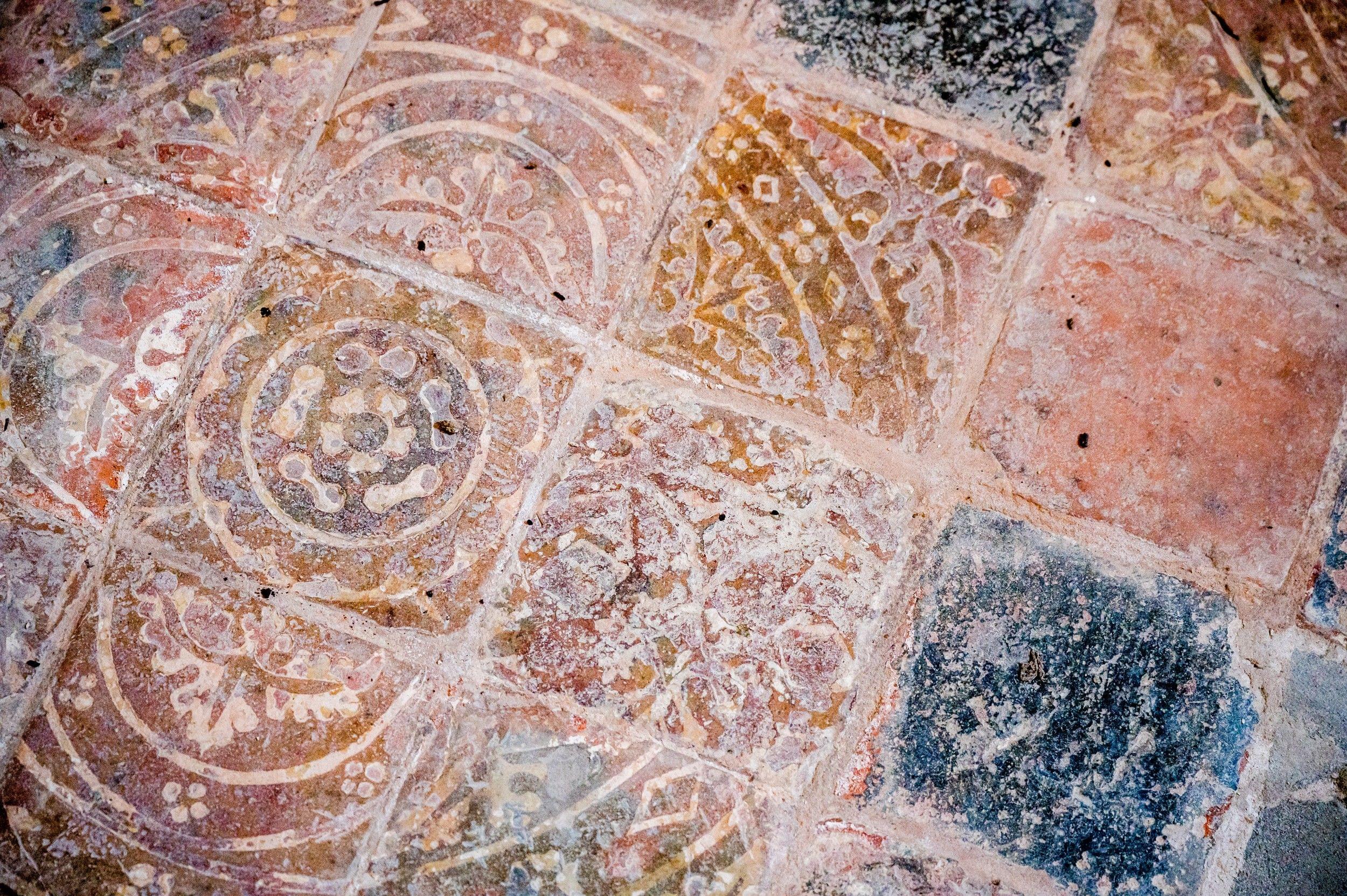St Hugh
Sturton by Stow, Lincolnshire
St Hugh's is a building designed by one of the leading church architects of the Victorian period, John Loughborough Pearson.

The church of St Botolph is of considerable interest since it has indications of building in four different architectural styles over a period of some 900 years.
Saxilby, Lincolnshire
The rest of the building appears to be Perpendicular in style dating from between 1350 to 1500. In the north chancel on a tomb chest, lie the figures of a knight and his lady in alabaster. Restored in 1994, it is still a beautiful example of the period and is dated from around 1370. It was brought from the chapel at Ingleby and it is thought that this tomb may have some connection with the d'Aubigny family who lived at Ingleby some 700 years ago. One member of the family, Philip d'Aubigny, went to the Holy Land at the time of the crusades. He died in Jerusalem in 1236. The font is a 15th century octagonal bowl carved with the coat of arms of Blake, Pigot and Bigod. Near the font is displayed a rare treasure, copies of manuscript sheets of music over 500 years old, consisting of a setting of the Creed in Latin in a curious notation. The originals are now in the County Archives.
Sturton by Stow, Lincolnshire
St Hugh's is a building designed by one of the leading church architects of the Victorian period, John Loughborough Pearson.
Kettlethorpe, Lincolnshire
On this site Katherine Swynford, mistress of John of Gaunt, lived and worshipped, come and find our about their famous love affair and court scandal at the Katherine exhibition.
North Carlton, Lincolnshire
The antiquarian sixth Baron Monson visited this church in September 1828 and found two Monson monuments within this 'very neat, small edifice'.